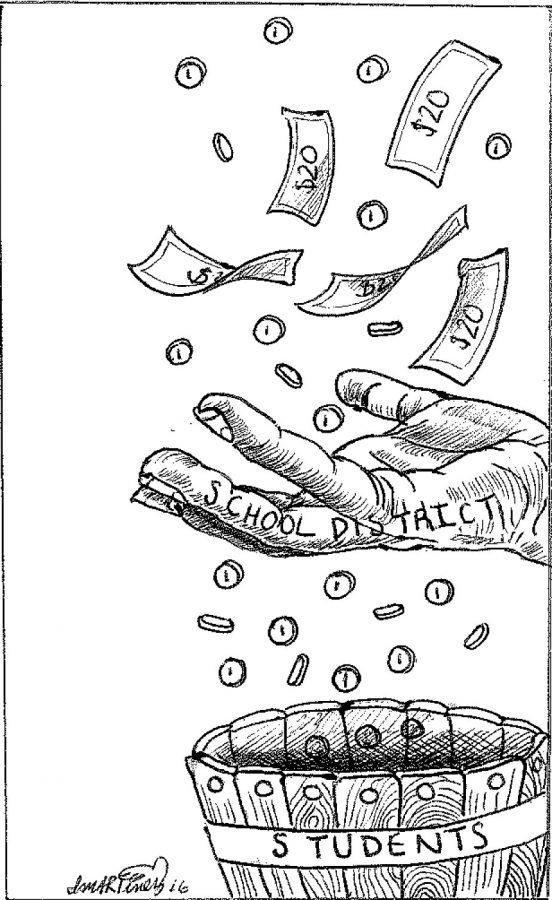The Precedent takes an in-depth look into how Arizona and CUSD funds its schools.
Arizona politics responsible for school underfunding
School in Arizona funding is pitiful. According to a 2016 release by the U.S. Census Bureau Public Education Finances, the state ranked 48th in the nation for its budget – 96.2 percent of Arizona students are funded under the national average.
With education underfunding becoming well-known around the state, it is strange to see little change.
However, state politics of the past allocated funds quite differently.
Rewind to 1982, when a Univ. of Arizona economic and business report found education received 68.8 percent of the state budget compared to the 51.6 percent in 2012.
So why has there been so little budget reform?
The problem does not lie within the gates of schools like Perry, but rather under the dome of the state capitol building.
Arizona is a fiscally conservative state and with this comes the reluctance to raise the means of funding state programs such as education, safety and welfare, for example.
Budget cuts are common in a system that is spooked by tax increases and government spending, so it would be easy to place the blame for the lack of funds on the suits in office.The education statistics of the 80’s were under a Democratic governor and Senate majority. So, one might begin to point fingers at the present state government composed of a pure Republican executive office and majority legislature.
While these are true, the legislature and politicians can only be held responsible by so much. The real changes in funding stem from shifts in Arizona itself.
The steady increase in population is directly correlated with the interests of protection, safety, health and welfare. These factors comprise the majority of the education-excluded budget. As the focus of Arizonans turns towards these matters, the state budget allocation shifts accordingly.
For example, the introduction of Arizona Health Care Cost Containment Services (AHCCCS) came with the push for state-run Medicaid, and grew in expense to accommodate the state’s decreasing average income.
More recent and impactful was the onset of the Great Recession, a collapse met by the burst of the housing market bubble. Relatably, the major source of state funding for schools is revenue from property tax, and with the contracting market came the end to an expanding education budget.
Despite the combination of spending reallocation and economic recovery, Arizona has continued to match national trends of education funding, just at 8% lower than the cumulative national average.
So how does Arizona break that glass ceiling?
The answer is simple, but unpopular. With welfare entitlements cemented in society, fund reallocation must come from prison and safety. Superintendent Camille Casteel said, “We like to say if they educated all children, and we educated everybody and everybody could get a job they probably wouldn’t become a criminal and wouldn’t enter the prison system.
“So, we’re saying it’s preventative.”
For Arizona to reach the standard of state funding for K-12 set by the rest of the nation, the duty falls to the most powerful office of democracy: the citizen. Policy and funds change at the whim of the constituent, and for the budget to increase residents must both publicize the education deficit and accept the means of increased state revenue.
